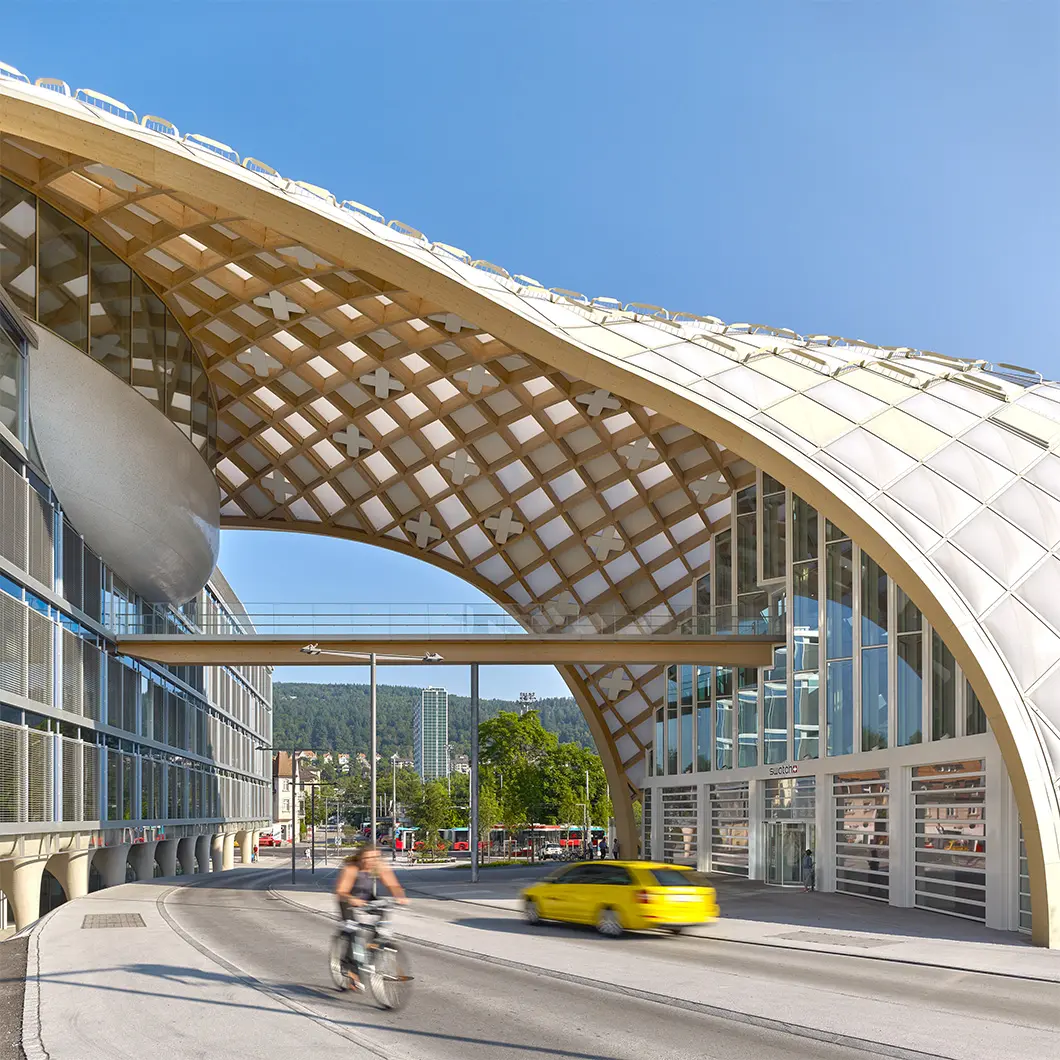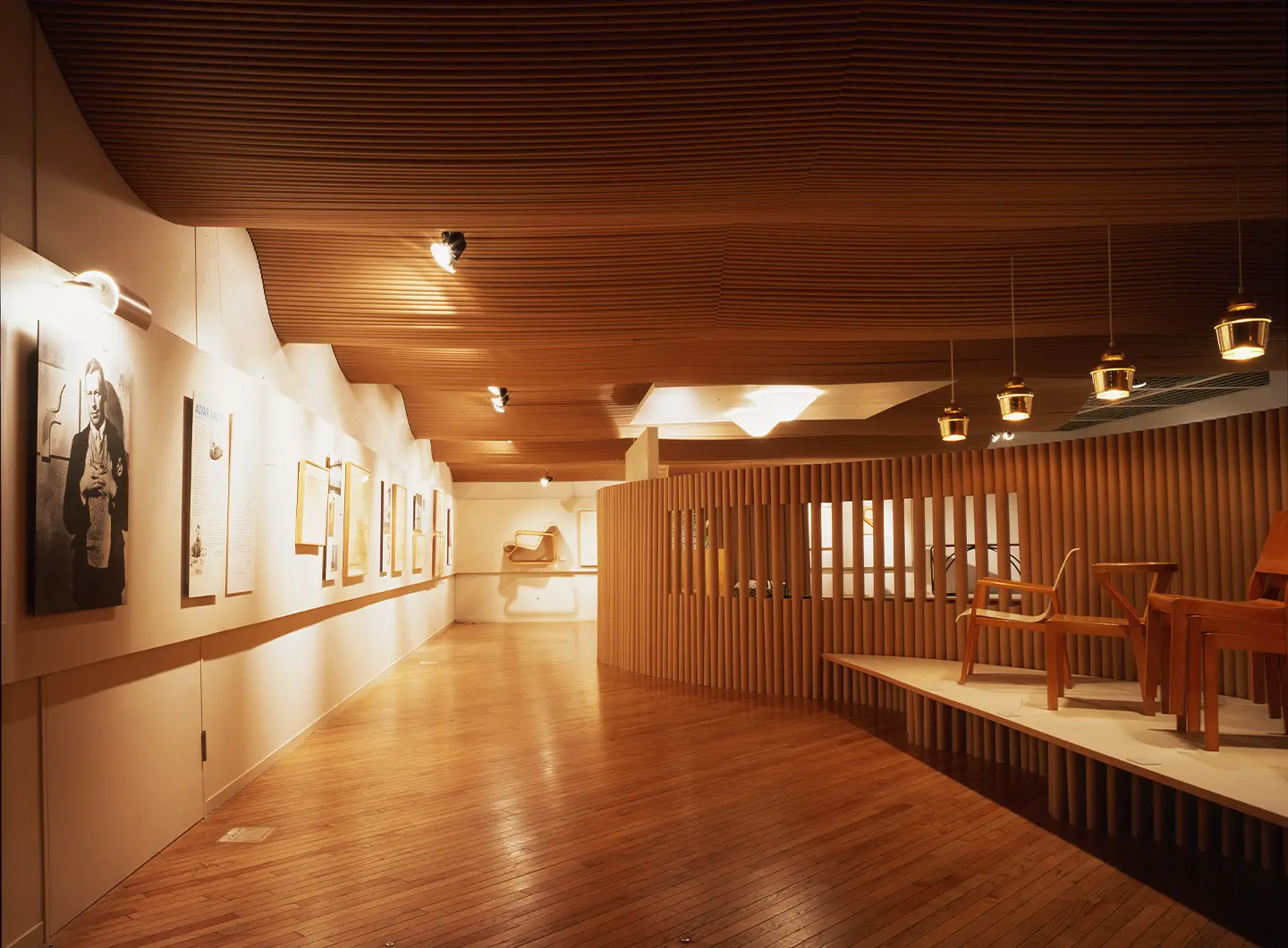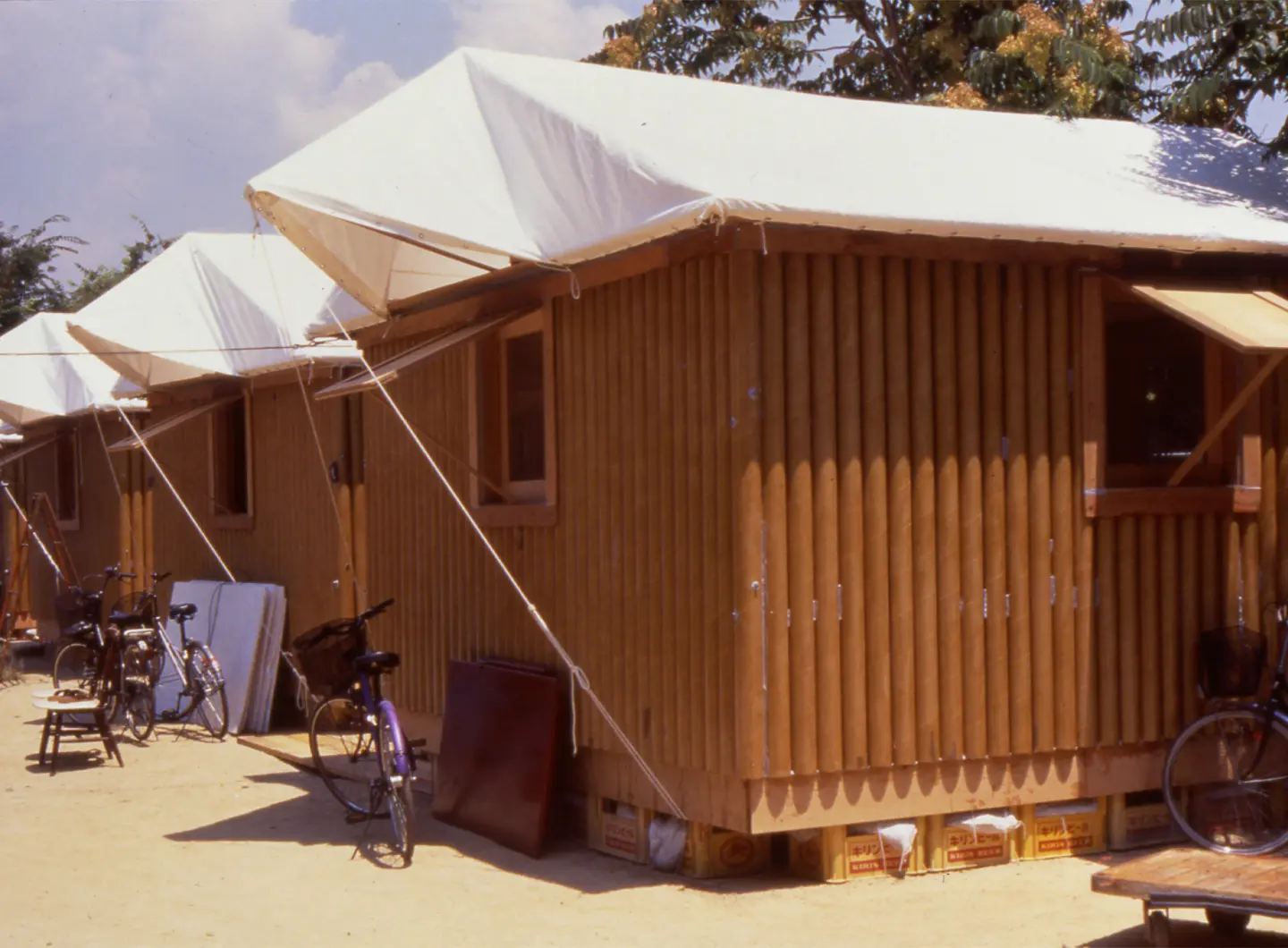From BIG to David Chipperfield, Frank Gehry to Snøhetta: a world tour of the best buildings set to open in 2026
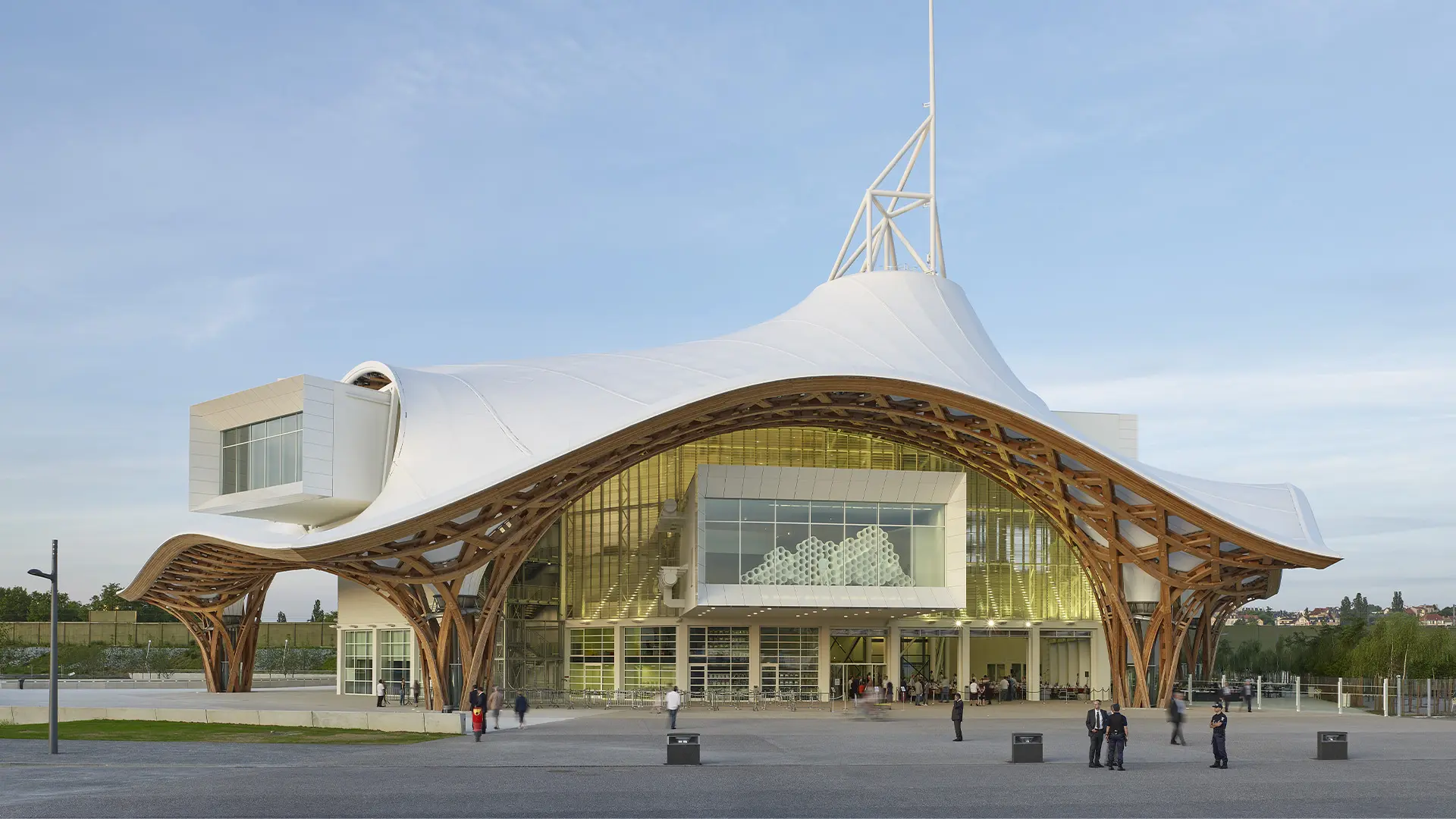
Pompidou Metz, Shigeru Ban Architects, photo Didier Boy de la Tour
Among the protagonists of the Talks at Euroluce 2023, the Japanese architect and 2014 Pritzker Prize-winner has made temporary architecture and the use of natural materials his hallmark. A strand of research that he worked on before it went mainstream yet does not exhaust his broad experimentation in the fifty years of his career
Biography
The reputation of Shigeru Ban, one of the most celebrated Japanese architects and winner of the Pritzker Prize for 2014, is rightly due to his concern for sustainability and architecture capable of responding to the needs of the most vulnerable. Yet this already remarkable achievement taken alone would still risk diminishing him. It is above all his ability to pursue personal intuitions on a wide range of scales and applications, outside the leading architectural schools and without any ambition of becoming a starchitect that has made his design authentic, original, and to a large extent a forerunner of themes that are today proving among the most fertile and timely.
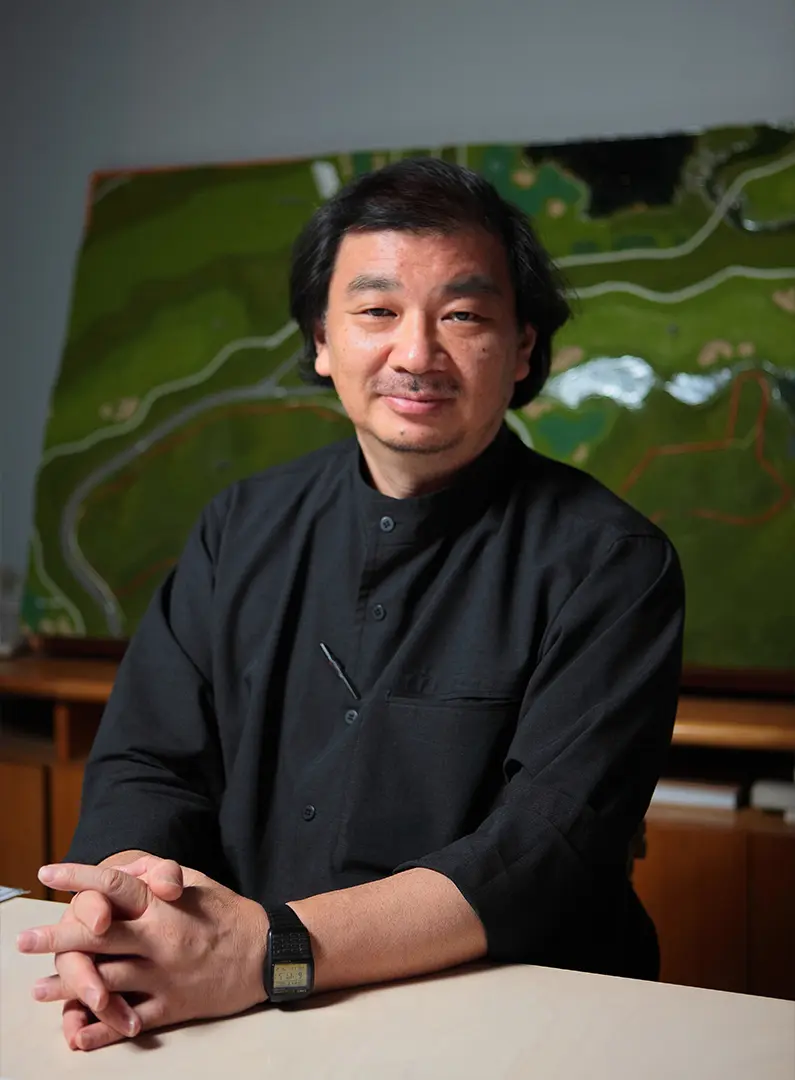
Shigeru Ban, photo courtesy
Ban was born in Tokyo in 1957. In childhood he developed a marked propensity for drawing and manual skills that nurtured a love of carpentry and modeling. He enrolled in the architecture school at university, initially studying in Japan and then in the United States, first at the Southern California Institute of Architecture and then the Cooper Union in New York. This experience would make him the “least Japanese” architect among his compatriots. Ban himself has said that he discovered the vernacular architecture of his country of origin during his American years, first of all through comparisons with experimental prefabricated architecture – the Case Study Houses – on his California campus.
Houses
Starting in 1985, Ban returned to Tokyo to open his own practice: an experience of working freelance that he threw himself into on the basis of very little practical experience, except for a year spent in Arata Isozaki’s office during his studies at Cooper Union. In the ten years to come, his work would focus on the design of private housing, a body of work that stands out not so much by its shared stylistic references – although the International Style can be broadly considered as offering a framework – but for an aptitude for experimentation capable of relating to the contingencies of the context and the client. The most famous, the Curtain Wall House in Tokyo, is a three-story concrete building that, despite the minimalism of the structure, acquires a note of fluid softness by the curtain wall enfolding the facades.

Curtain Wall House, Shigeru Ban Architects, photo Hiroyuki Hirai
Alvar Aalto’s work was a strand that Shigeru Ban discovered in those years and it proved decisive in inspiring the architectural innovation for which he is the ambassador: the use of cardboard for the construction of temporary buildings. As the curator of the Axis Gallery in Tokyo for an exhibition on Aalto, he experimented with using carbon tubes to create the exhibit installation. Tough and recyclable, as well as structurally stronger than the common prejudice suggests, their use was also explored in applications going beyond the exhibit design.
In 1994, the civil war in Rwanda disquieted Shigeru Ban's sensibility. The following year there was a serious earthquake in the city of Kobe. Alarmed by the catastrophe, Ban developed a solution capable of providing temporary housing for the homeless. This was his Paper Log House, a 16 square meter housing module built out of waterproofed cardboard tubes. Anti-seismic, easy to assemble, transport and recycle, the material offers far more comfort than the tents usually adopted by humanitarian organizations. The project earned Ban a lengthy collaboration with the UNHCR, the UN refugee agency. But he went further. Also in 1995, Ban founded the Voluntary Architects’ Network (VAN), a non-governmental organization specializing in the installation of temporary housing modules to cope with emergencies. From India to Haiti, L'Aquila and the recent earthquake in Turkey, the intervention team coordinated by VAN has adopted solutions that are always attentive to the varied needs of the homeless, ranging from houses, to churches, like the Cardboard Cathedral in New Zealand, and even a partition system to provide minimal privacy in large reception centers.
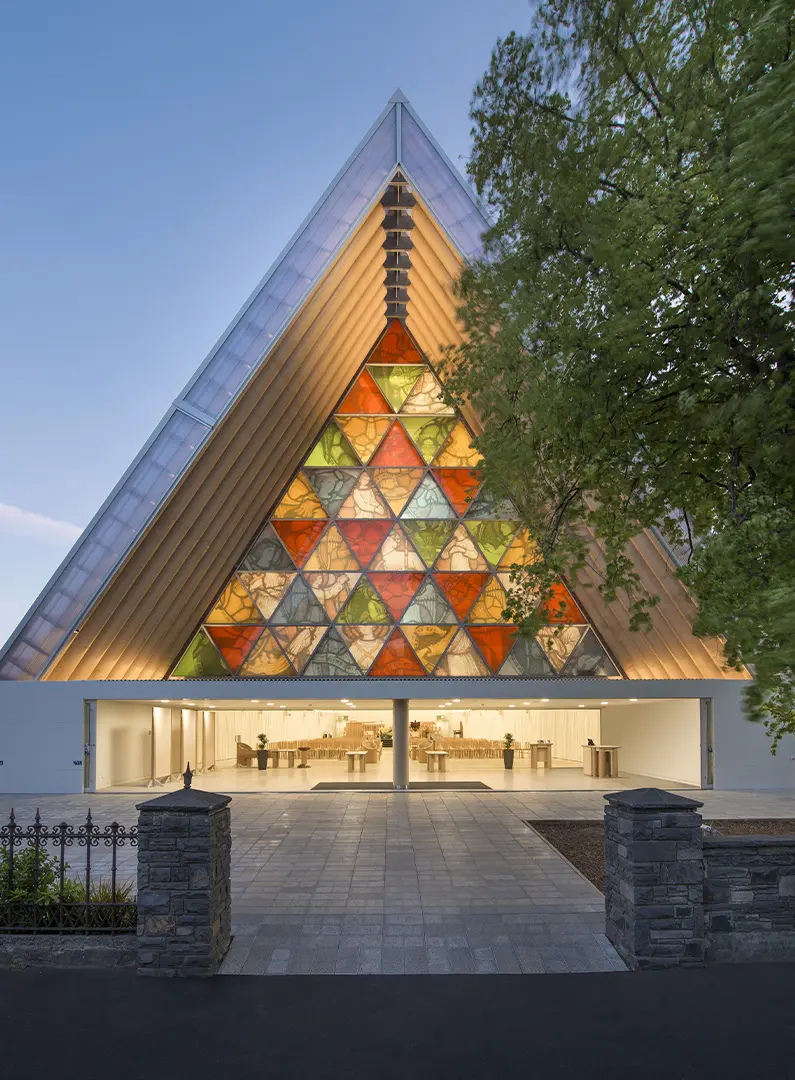
Christchurch Cardboard Cathedral, Shigeru Ban Architects, photo Stephen Goodenough
In the 2000s, the visibility of his solutions is still growing, with no slowing of his momentum towards innovation. After paper, his experiments are focused on wood, whose structural potential he has tested in the creation of great architectures that combine environmental qualities and formal elegance. In this field, his most famous work is probably the Centre Pompidou-Metz (with Jean de Gastine) with its monumental and airy vault, followed by the recent Swatch and Omega Campus in Switzerland. Finally there is the construction of a 19-story solid wood hybrid building, the Terrace House, currently under construction in Vancouver, set to become one of the tallest ever built out of this material.
Shigeru Ban Architects is today a practice with offices in Tokyo, Paris and New York that has designed 150 projects worldwide. In addition to the Pritzker Prize, Ban has received more than forty international awards, including L'Ordre des Arts et des Lettres, the Thomas Jefferson Foundation Medal for Architecture, and the Mother Teresa Award for Social Justice.
The architect Shigeru Ban will be one of the speakers at the Euroluce Talks 2023. The appointment is on 19 April at 11 a.m. Find here all the details and information to reach the Salone del Mobile.Milano. Remember that the Rho Fiera site guarantees access to all its spaces even for the disabled and people with reduced mobility.


 Exhibitions
Exhibitions
